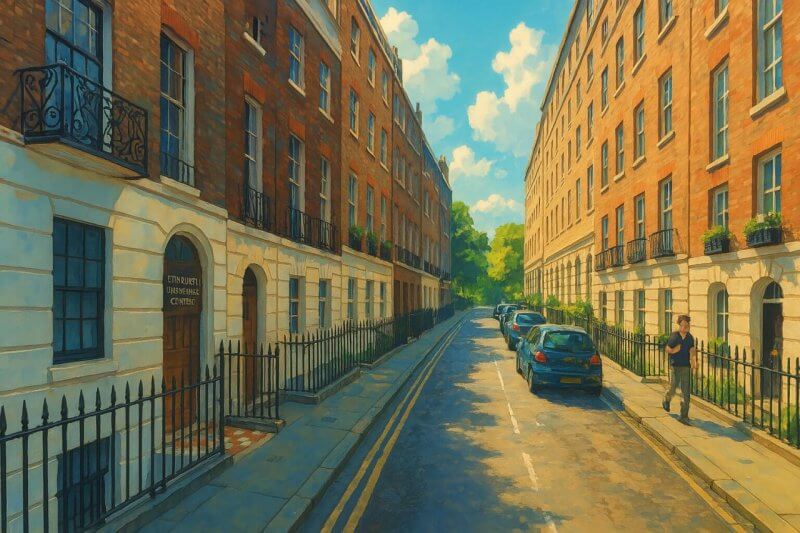
Craven Street, London
Though modest in length, Craven Street is home to some extraordinary stories - and two notable former residents whose legacies continue to draw interest from history enthusiasts around the world.
How Craven Street got its name
Before its redevelopment in the 1730s, the area was known as Spur Alley, a narrow passage connecting the Strand to the river Thames. The transformation into Craven Street occurred under the direction of William Craven, 3rd Baron Craven, who owned the land at the time. The street was constructed between 1730 and 1735, with plots leased for building during this period. The renaming to Craven Street reflects the influence of the Craven family on the area's development.Benjamin Franklin at 36 Craven Street
From 1757 to 1762, and again from 1764 to 1775, Benjamin Franklin, one of the Founding Fathers of the United States, lived at 36 Craven Street during his long diplomatic mission to London. Today, the house is preserved as the Benjamin Franklin House Museum, offering guided tours and educational experiences. It is the only remaining Franklin residence in the world and gives a vivid glimpse into 18th-century life, politics, and science.Dr William Hewson and the Craven Street Bones
Franklin's landlady's son-in-law, Dr William Hewson (1739-1774), a pioneering surgeon and anatomist, also lived and worked at 36 Craven Street. Often referred to as the "Father of Haematology," Hewson made key discoveries about blood coagulation and the lymphatic system. But his scientific pursuits had a darker side.In 1998, during renovations of the Benjamin Franklin House, workmen discovered a chilling cache beneath the basement: the skeletal remains of six children and four adults, totalling around 1,200 human bone fragments. These remains, along with surgical instruments, are believed to be linked to Hewson's anatomical research. At the time, acquiring bodies for dissection through legal means was extremely difficult, and it is believed Hewson may have turned to bodysnatchers - or "resurrectionists" - to supply cadavers for study.
Whether Franklin knew about this macabre activity happening under his own roof is a mystery. While there's no direct evidence implicating him, historians agree he may have been aware - and perhaps even tolerant - of it in the name of scientific advancement.
Map of Craven Street, London

Painting of Craven Street View full-size image